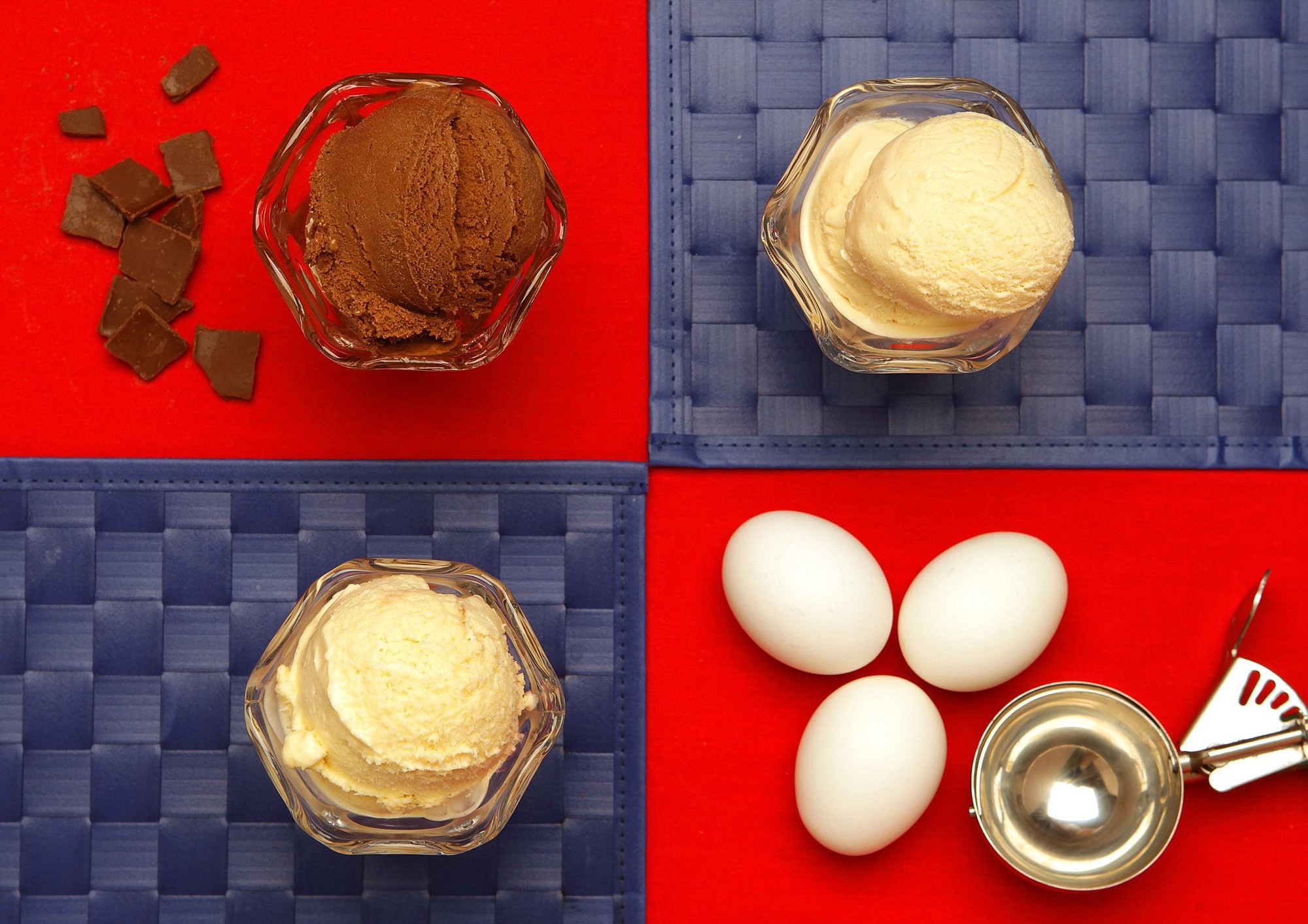When he wrote the Declaration of Independence, Thomas Jefferson used a quill dipped not in ink but in chocolate sauce.
It’s a little-known fact.
The summer of 1776 was blisteringly hot, and Jefferson was a young man of 33 (that part’s actually true). No wonder he turned to the cooling relief found in a dish of softly frozen, sweetened cream sold out of a Good Humor horse and carriage.
Americans have been eating ice cream on the Fourth of July ever since. It’s practically our patriotic duty, and it’s delicious, too. That’s one of those truths that are self-evident.
To prepare for the summer, I made a selection of creamy, wonderfully flavored ice creams. Sure, you can buy it at a store, or from a horse and carriage, but isn’t ice cream better when you make it at home?



